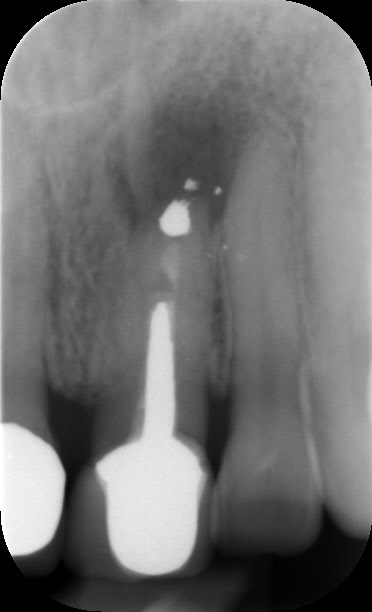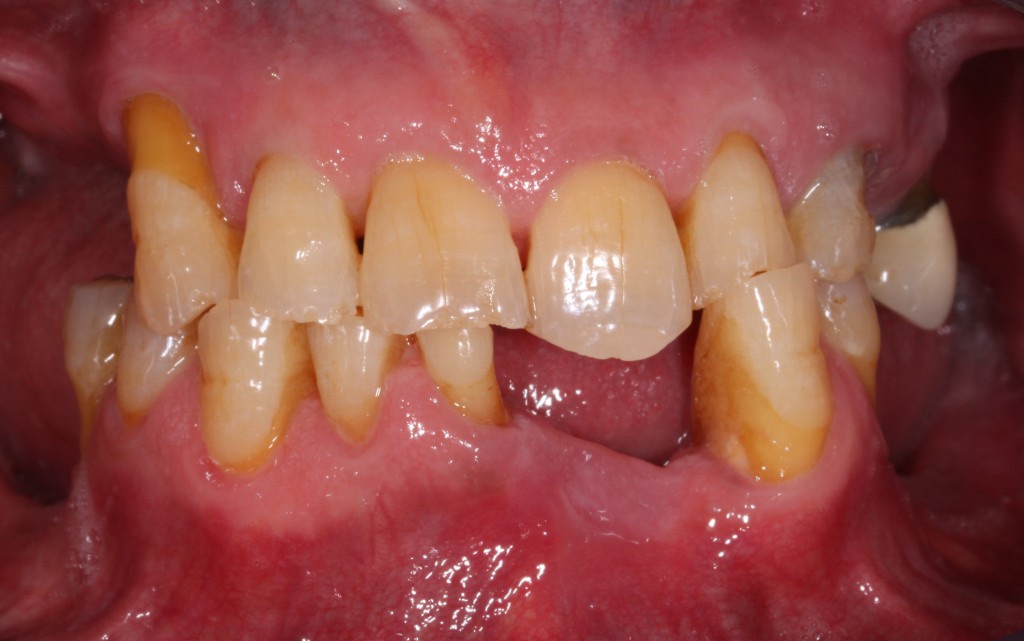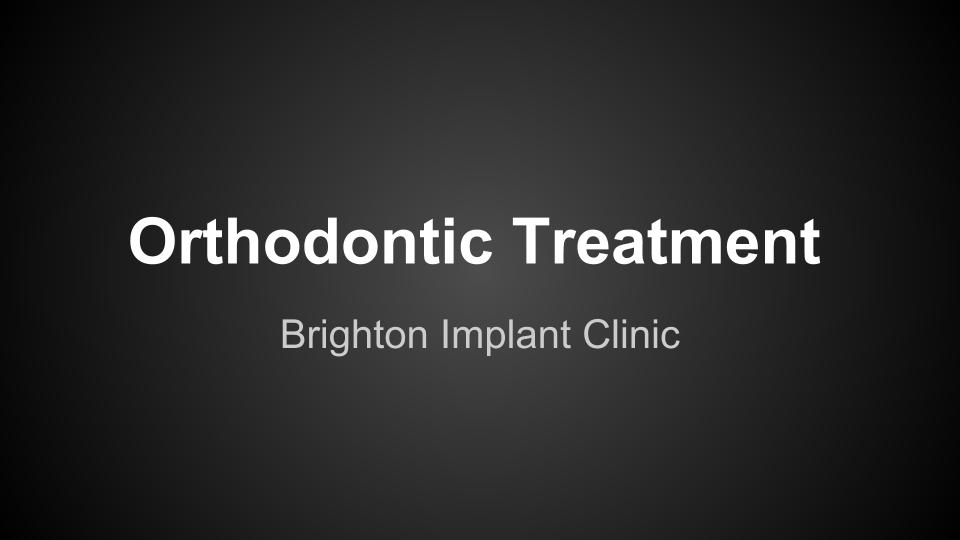
We all want our natural permanent teeth to last a lifetime. However, some circumstances may require the removal of one or more permanent teeth. A tooth extraction is a very common procedure, and it is often necessary to facilitate other types of dental treatments or to protect the oral health of the patient.
With tooth extraction being such a common part of dentistry, it is important to understand the circumstances under which a tooth may need to be removed. In this post, we are going to look at some of the reasons why a dentist may need to perform a tooth extraction.
Infection

Excessive tooth decay can result in an infection that reaches the centre of the tooth. When an infection reaches the pulp chamber, the tooth can start to die. In most cases, the tooth can be saved with a root canal treatment, but there is the possibility that the tooth may need to be removed entirely.
Tooth extraction is generally a last resort when it comes to treating an infection. Most dentists will want to try to save the tooth by performing a root canal, but if the infection is left for too long, it can get to a point where the damage is too extensive. In cases such as these, the tooth needs to be removed to protect against the spread of infection.
Damage

Whether from trauma or decay, a tooth that has suffered significant damage may need to be removed. If a tooth is broken or cracked, it may need to be removed. Gum disease can also result in deterioration of the bone that supports the tooth. If a tooth has become loose as the result of a lack of support, a tooth extraction may be the best course of action.
In some cases, a dentist may recommend tooth extraction even when some other treatment options may be possible. If the other treatment is unlikely to provide a long-term solution, a dentist may recommend tooth extraction to avoid the need for multiple treatments that will ultimately end in the loss of the tooth anyway.
Orthodontics

A dentist may also need to pull some teeth to prepare a patient for orthodontic treatment. The purpose of orthodontic treatment is to align the teeth. However, this may not be possible if there is not enough room in the patient’s jaw. During the planning stages, your dentist may recommend removing one or more teeth to provide room for the remaining teeth to shift as they realign.
For the most part, dentists try to avoid tooth extraction when planning orthodontic treatment, but there are cases where it may be needed. As an example, a patient’s jaw might not be large enough to accommodate all of their teeth. There are other cases where a patient may have a tooth that is larger than normal, and it is pushing on the nearby teeth.
Malpositioned Teeth

When a tooth is malpositioned, it can have an impact on the neighbouring teeth and the overall oral health of the individual. In some cases, it might press on other teeth and cause misalignment. It can also cause pain if a tooth is malpositioned. You may also have instances where malpositioning results in the tooth rubbing on the inside of the cheek to cause irritation.
Tooth extraction is often the best solution to address problems with a malpositioned tooth. In some cases, the extraction is simply a remedy to resolve issues associated with the malpositioned tooth. However, the extraction of a malpositioned tooth can also be a part of a broader plan for orthodontic treatment.
With some tooth extractions, it is the only solution there ever could have been for the issue. In these cases, it is just the result of unfortunate circumstances. That said, there are many cases where extraction could have been avoided if the issue was detected sooner. This is why it is so important to receive regular dental examinations and to go to the dentist as soon as you notice a problem with your teeth.
For more information please feel free to Contact Brighton Implant Clinic or Call us on 0800 111 6623 .

